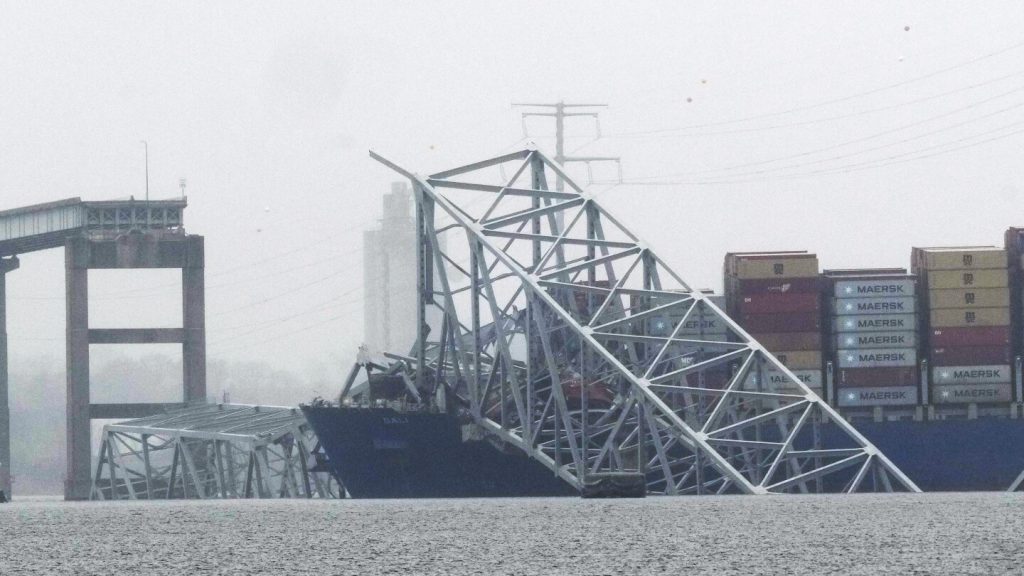A recent incident in Baltimore, where a massive cargo ship toppled a major bridge, has brought attention to the patchwork system of safety regulations governing the maritime shipping industry. Critics argue that this system allows freight transporters to bypass oversight, making maritime shipping vulnerable as what one expert called “the weakest link in the transportation system.” The International Maritime Organization in London establishes rules for container ships, but enforcement varies depending on the country where the ships are registered. Many ships fly flags of convenience, offering cheap registration fees but lacking robust oversight.
Former U.S. Rep. Peter DeFazio highlights the industry’s focus on seeking out the least-regulated places in the world to maximize profits. He describes maritime shipping as an unregulated, Wild West industry, with minimal protections beyond harbor inspections when ships arrive in the U.S. Despite these concerns, regulators and ship owners maintain that the industry is safe, as ships are required to meet the same standards enforced by countries and ports through regular inspections. The ship involved in the Baltimore incident, the Dali, underwent multiple inspections worldwide since its construction in 2015, with the most recent done by the U.S. Coast Guard in September.
The International Chamber of Shipping reports relatively few accidents considering the huge volume of freight moved globally by ships. U.S. Coast Guard Vice Admiral Peter Gautier emphasizes the safety of merchant shipping, citing a decrease in vessel losses compared to past decades. The Dali, flagged in Singapore, a country with a strong safety record, will undergo investigation by Singaporean authorities following the bridge collapse. While the ship had a few issues in the past, including illegible gauges and a collision in Belgium, it had no major incidents until now. Another ship owned by the Dali’s owner faced labor violations in Australia in 2021.
Experts acknowledge the Port of Baltimore’s adherence to regulations and proactive response to the incident, such as issuing a mayday call before losing power and striking the bridge. University of Rhode Island Professor Douglas Hales commends the port’s actions and indicates that the cause of the bridge collapse likely occurred after the ship left the port. The National Transportation Safety Board is conducting an investigation, expected to take over a year, to determine the exact cause of the incident. The collapse resulted in the deaths of two construction workers, with four others presumed dead, highlighting the dangers of such incidents in the transportation industry.
Roland Rexha, the secretary treasurer of the Marine Engineers’ Beneficial Association, highlights the maritime industry’s history of safety and labor violations compared to other transportation sectors. He notes that major disasters often prompt public awareness of industry issues, citing previous incidents like a train derailment and a plane panel flying off. With maritime shipping’s reliance on international regulations and multiple countries for enforcement, Rexha warns that it may have more safety problems compared to other industries. The maritime industry faces scrutiny as investigations continue into the Baltimore bridge collapse, shedding light on the challenges of regulating and ensuring safety in the global maritime shipping sector.


